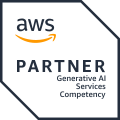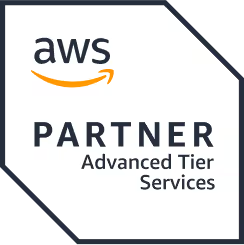Co-create with Ideas2IT












From ERP Bottlenecks to AI-Ready Analytics: A Case Study in Supply Chain Modernization
One of the most complex global supply chains in the semiconductor industry faced new pressure from pandemic disruptions, geopolitical shifts, and raw material shortages.
Forecasting, order visibility, and production yield optimization were constrained by tightly coupled SAP HANA environments that were expensive, rigid, and not designed for ML-scale workloads.
To stay agile in a volatile environment, the enterprise needed a modern data foundation and AI-enabled supply chain capabilities.
Key issues faced:
They needed to leap from traditional ERP-bound analytics to a composable, cloud-native data environment.
Ideas2IT architected and executed a high-performance migration from SAP HANA to Snowflake, coupled with an AI-driven supply chain analytics stack.
The result was a complete transformation of the data ecosystem.
The enterprise now simulates risk, forecasts constraints, and reallocates capacity dynamically on a modern, ML-ready data platform.
This was about future-proofing one of the most critical manufacturing ecosystems.










